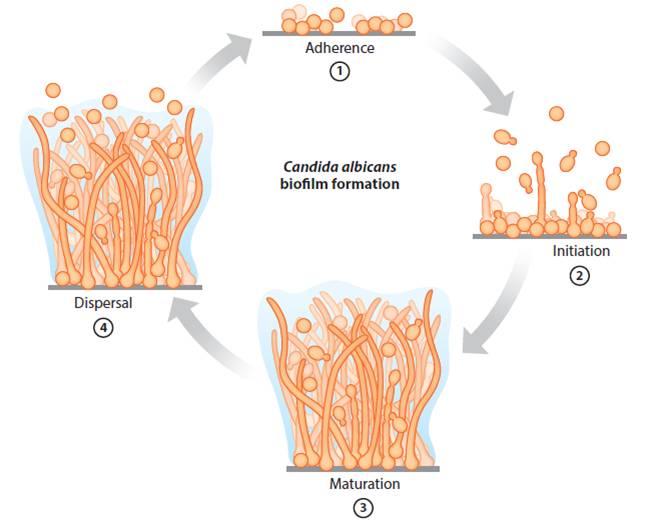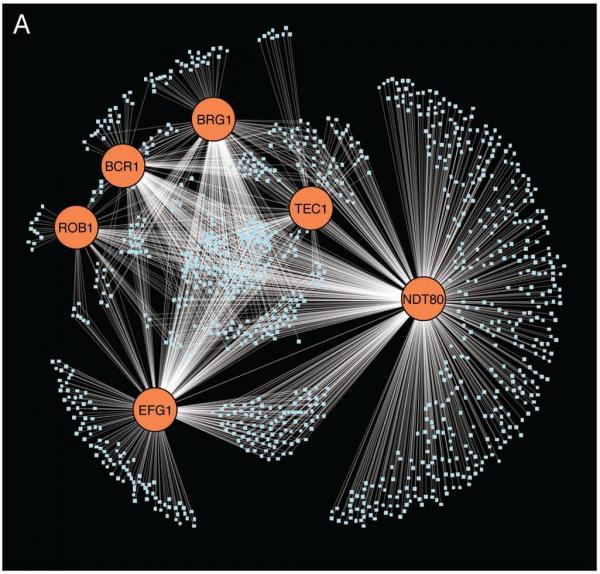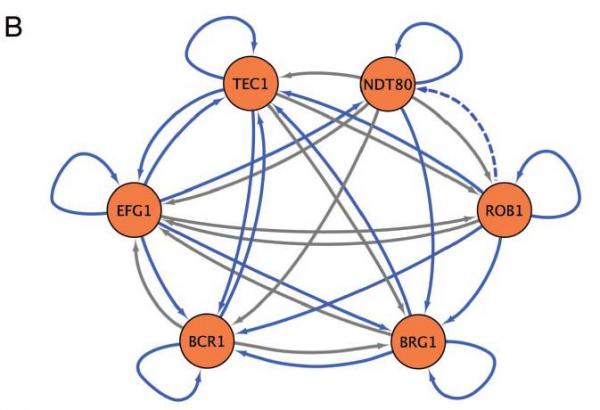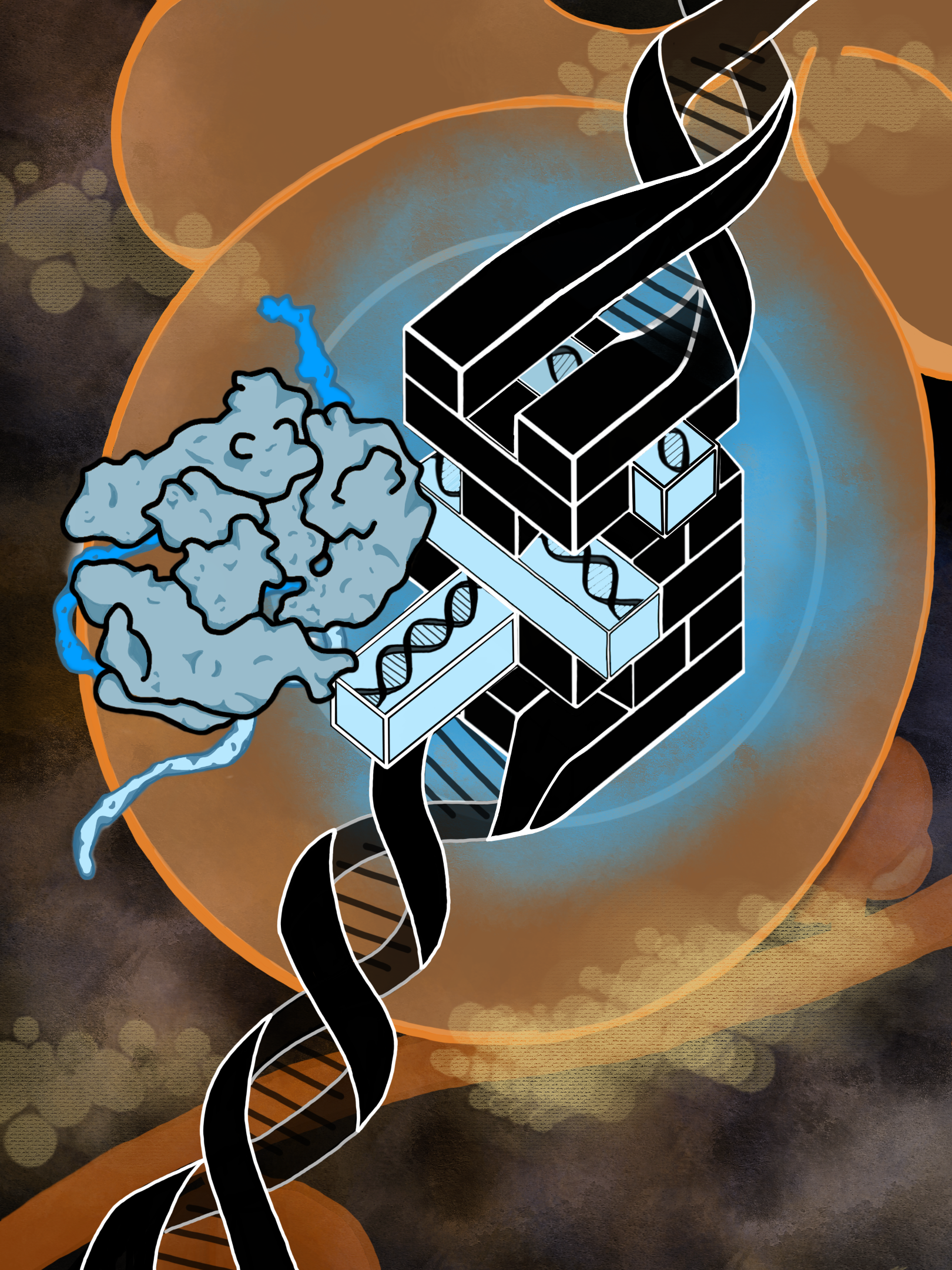Candida albicans biofilms – A sticky situation
Candida albicans is the most prevalent fungal species of the human microbiota, it colonizes many niches in the human body, such as the skin, oral and nasal cavity, gastrointestinal tract, and female reproductive tract, without causing any infections in most healthy individuals. However, changes to the immune system, due to stress, drugs such as antibiotics, can lead to C. albicans overgrowth causing infections ranging from superficial mucosal infections to life-threatening hematogenously disseminated candidiasis. Candida infections are especially serious in immunocompromised individuals, such as AIDS patients, patients undergoing anticancer therapies, and transplantation patients receiving immunosuppression therapy, as well as immunocompetent patients with implanted medical devices.

C. albicans forms biofilms, structured community of cells that adhere to a surface and are surrounded by a self-produced extracellular matrix, on both biotic and abiotic surfaces. Additionally, these biofilms are highly resistant to antifungal drugs and other chemical, and physical stresses. The robustness of C. albicans biofilms make them especially hard to combat and underline the importance of further research in this field. The development of C. albicans biofilms is a complex process and we are interested in understanding the genetic pathway that controls it. We recently identified the transcriptional network that orchestrates the development of C. albicans biofilms. This network consists of six master transcription regulators (Efg1, Tec1, Bcr1, Ndt80, Rob1 and Brg1) and approximately 1,000 target genes, whose expression is controlled by these regulators.
Several projects in the Nobile lab focus on deciphering the genetic control of biofilm formation in C. albicans and on characterizing the genes involved in this complex process.


Developing CRISPR/Cas9 systems for genome edits in fungal species
We are also interested in developing CRISPR/Cas9 systems to allow us to make genome edits in fungal species that are otherwise difficult to genetically manipulate.


